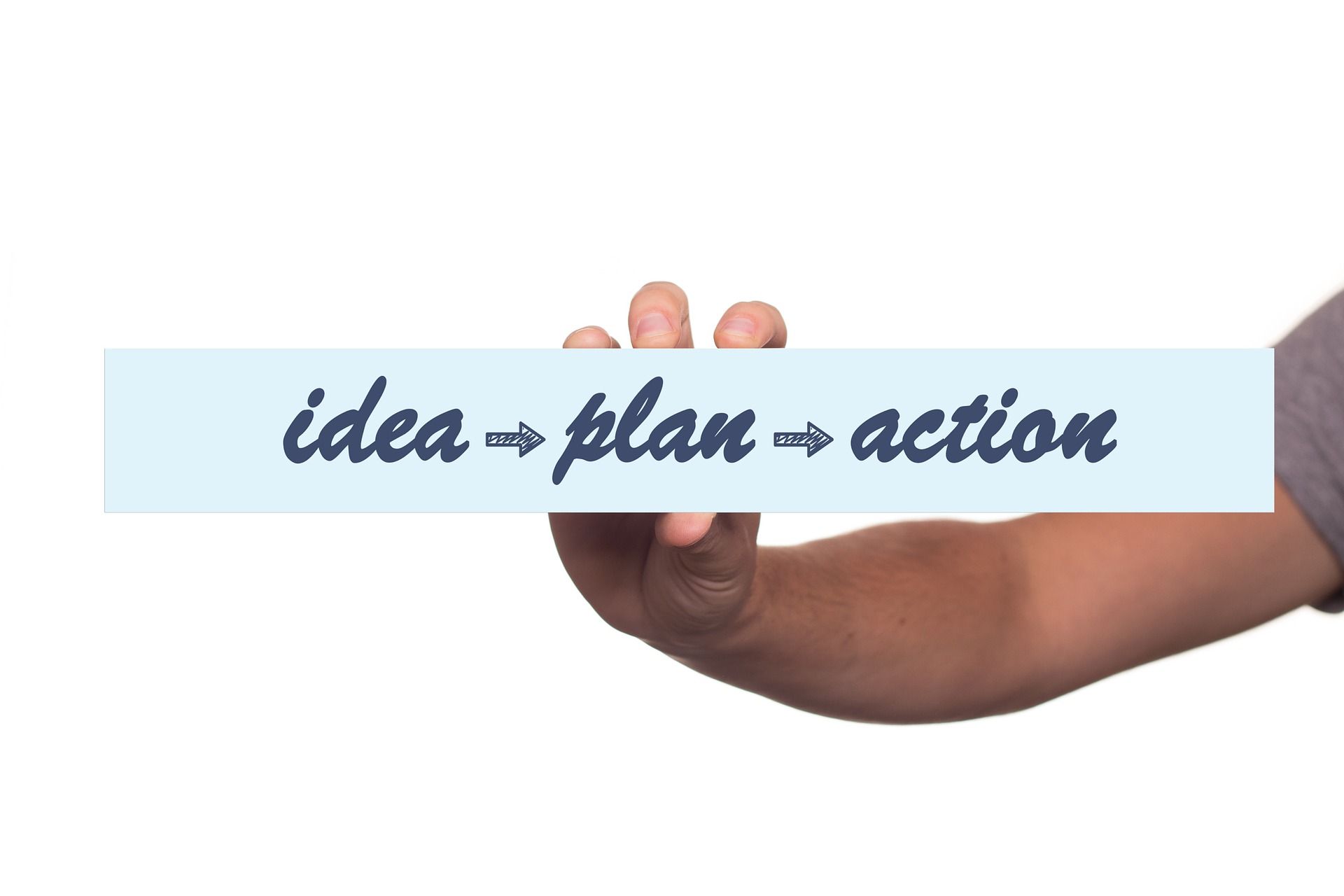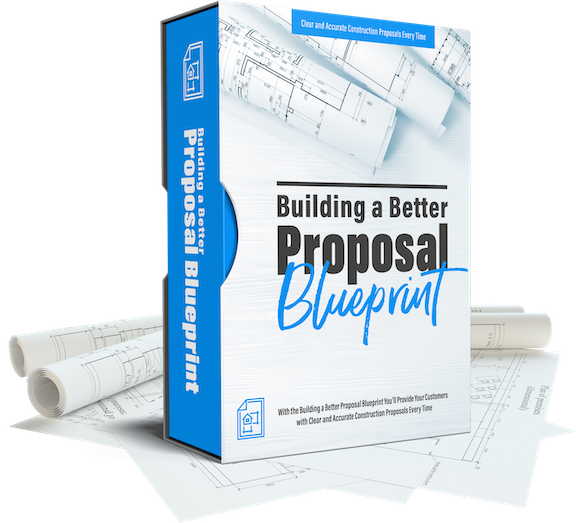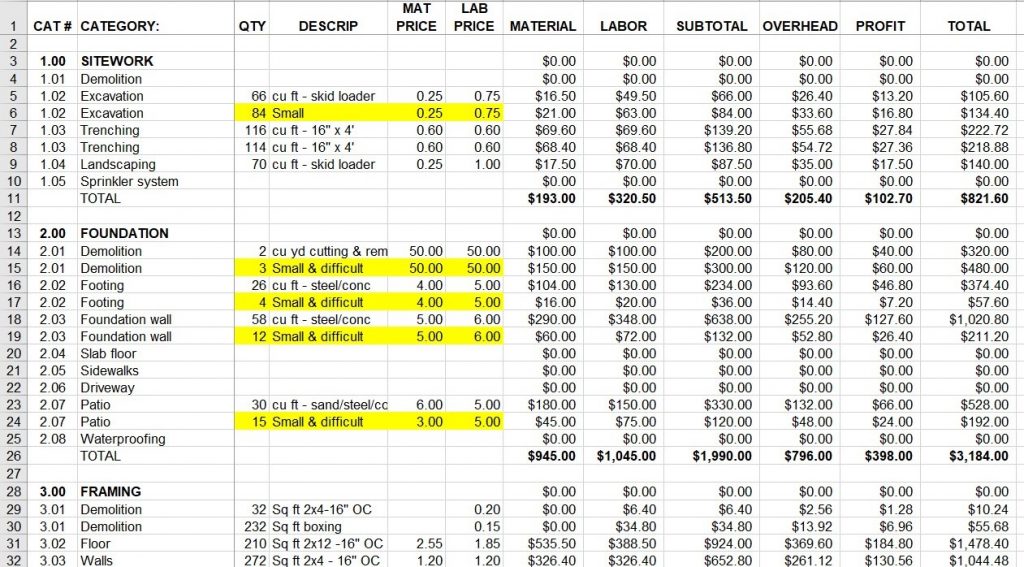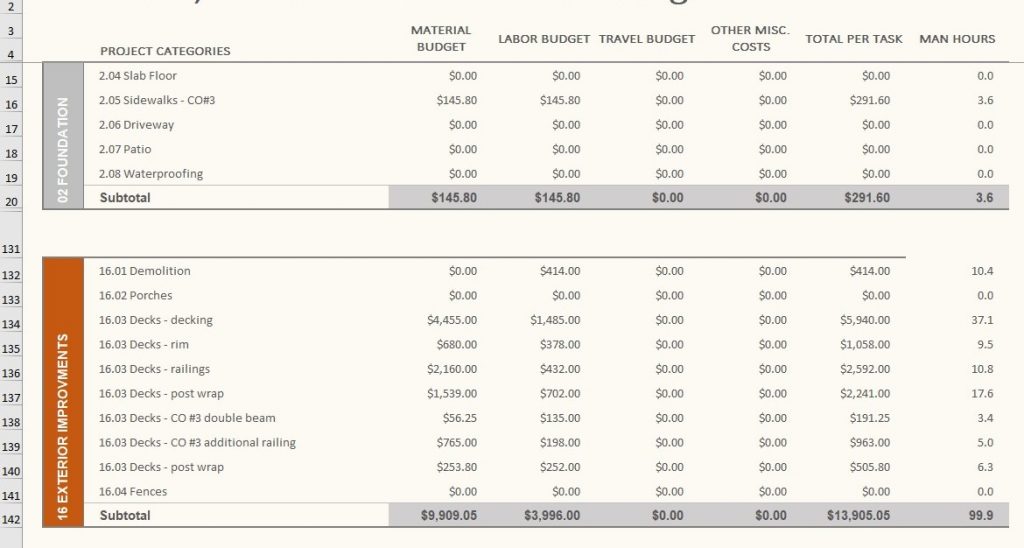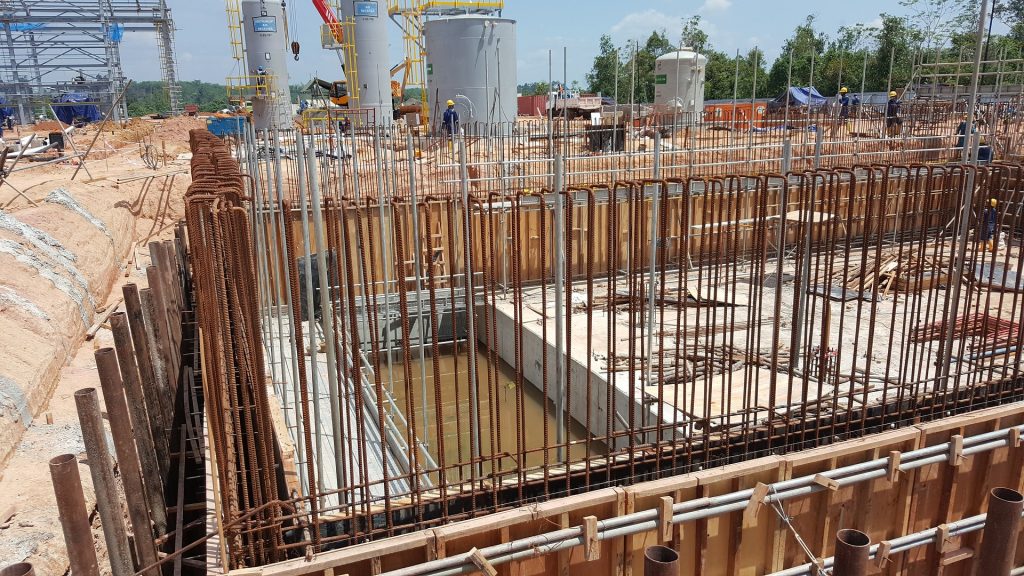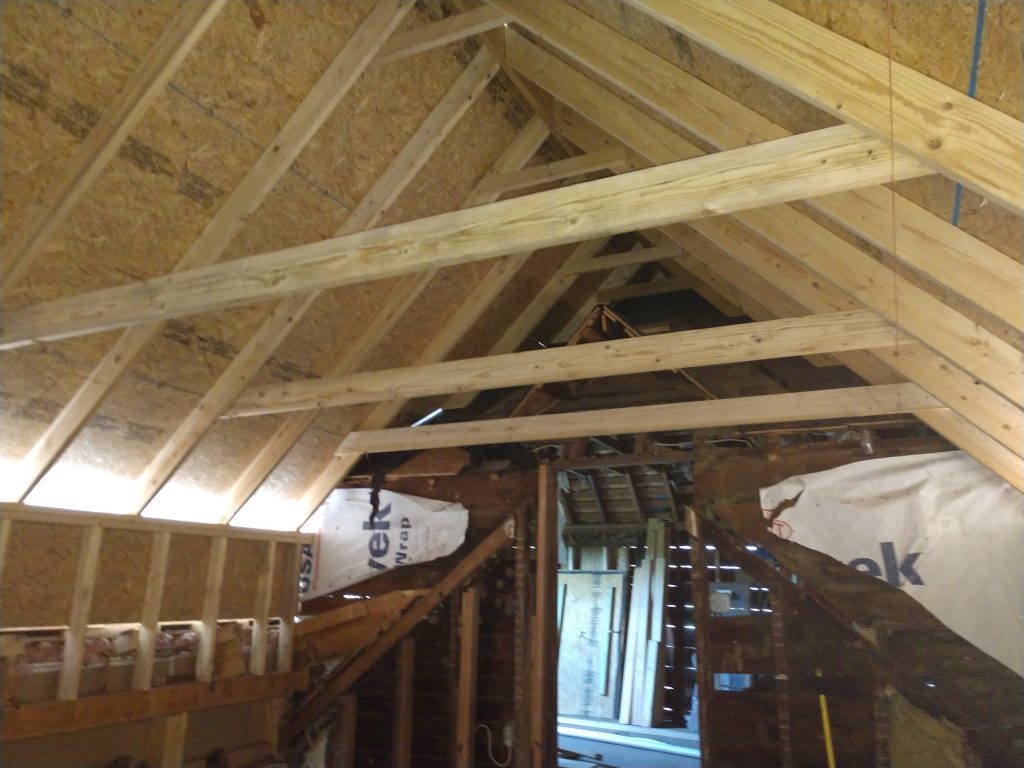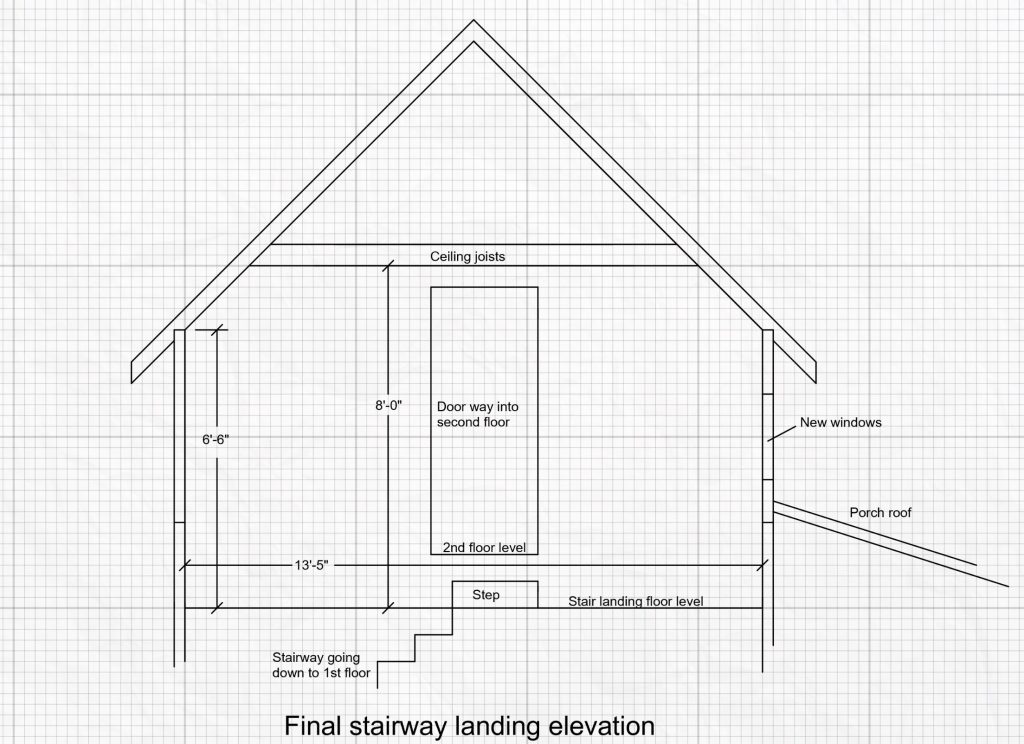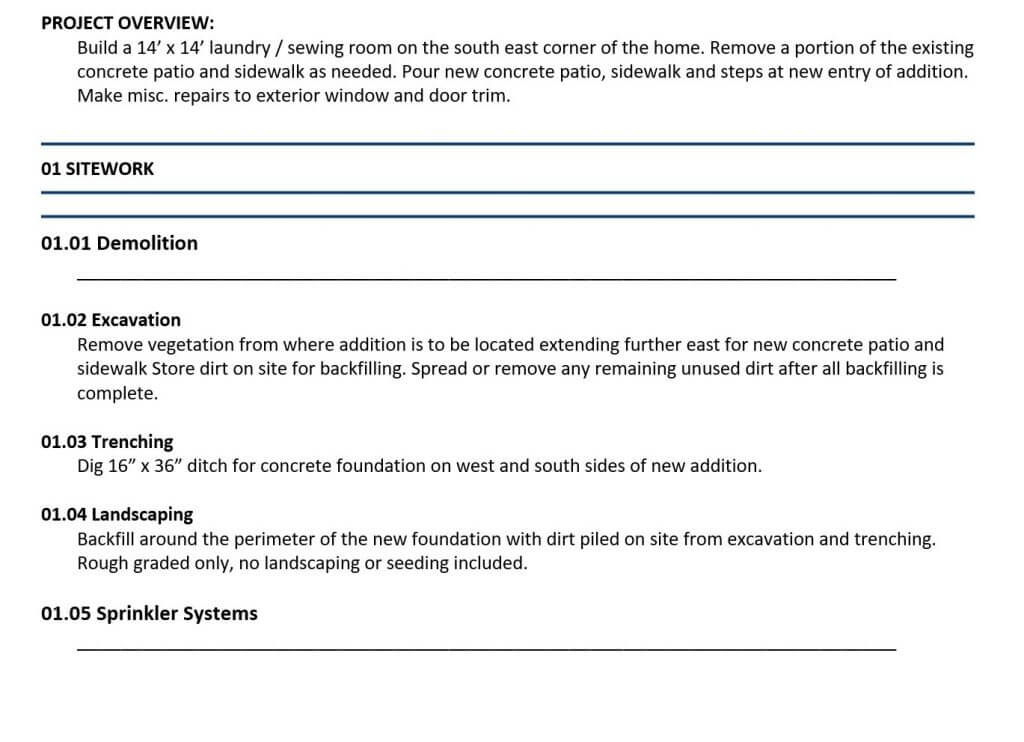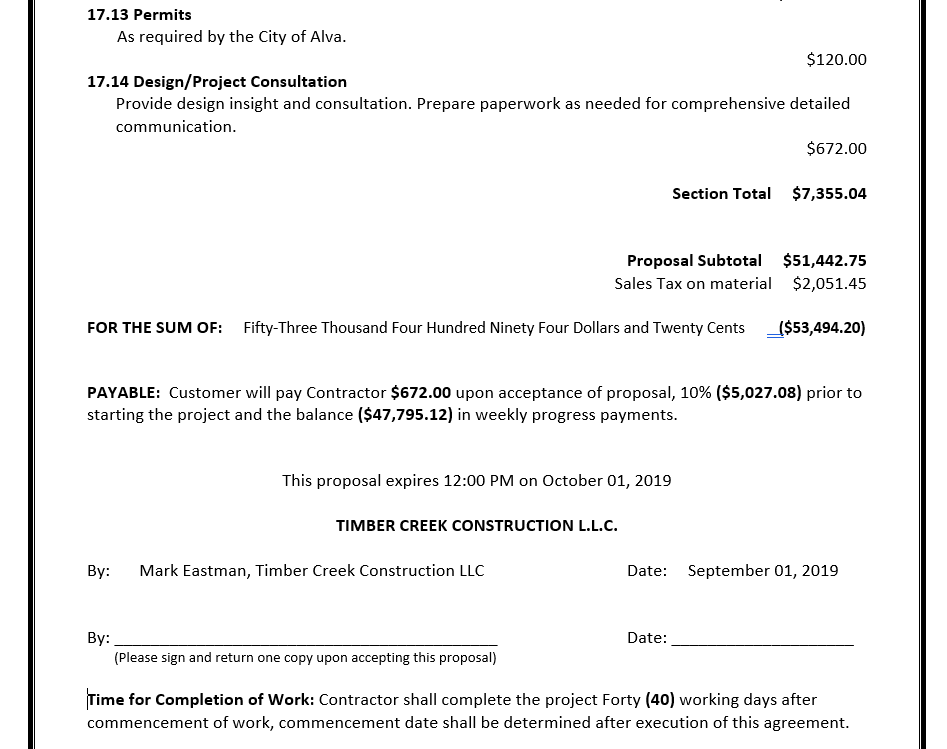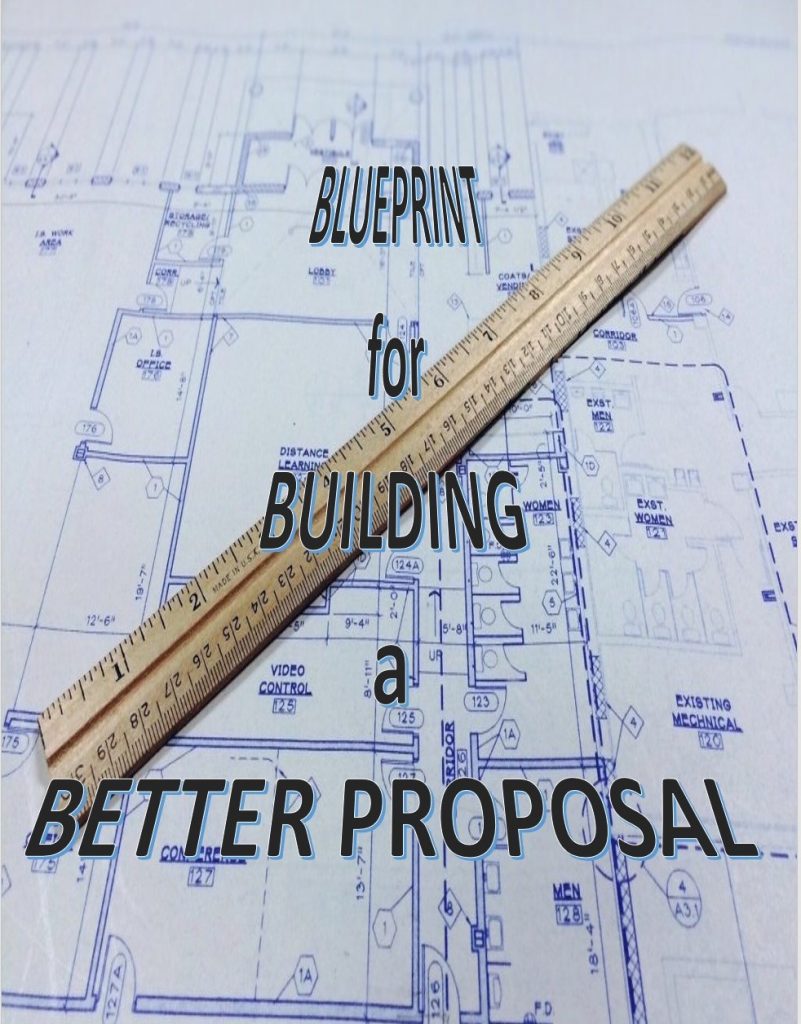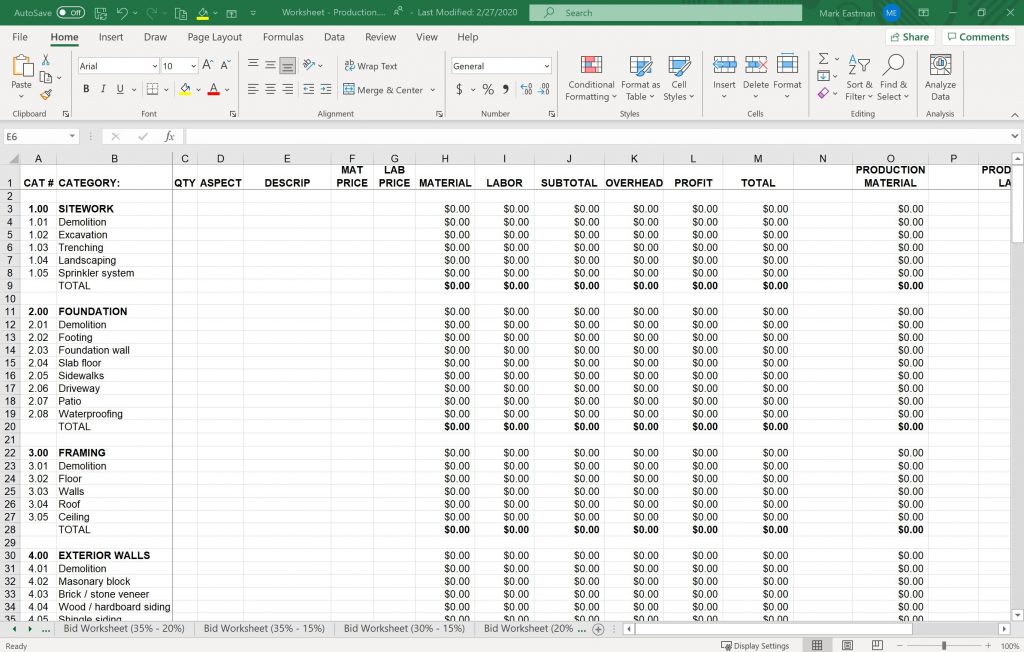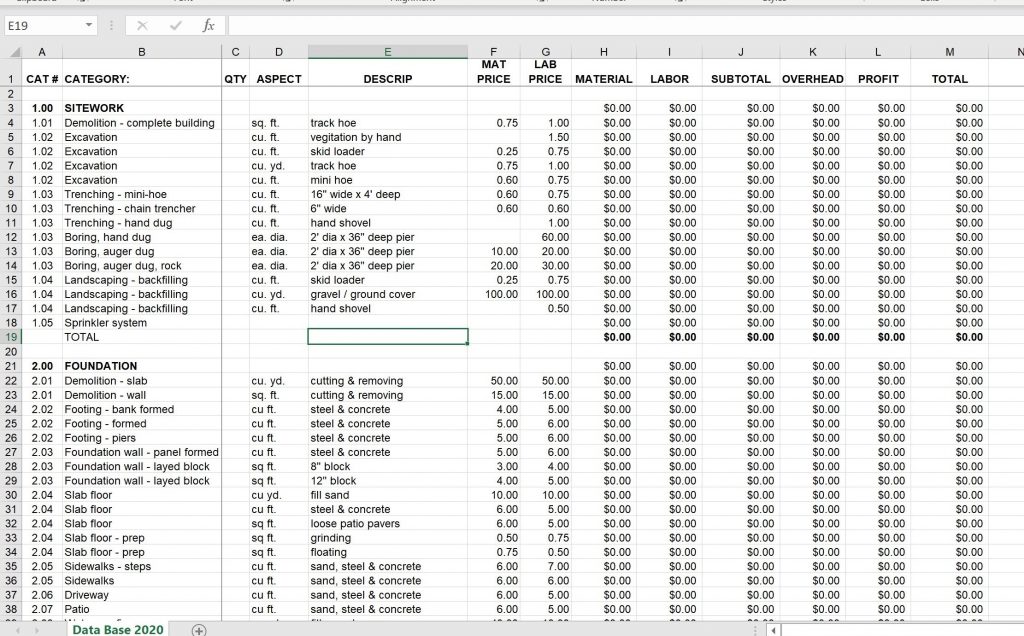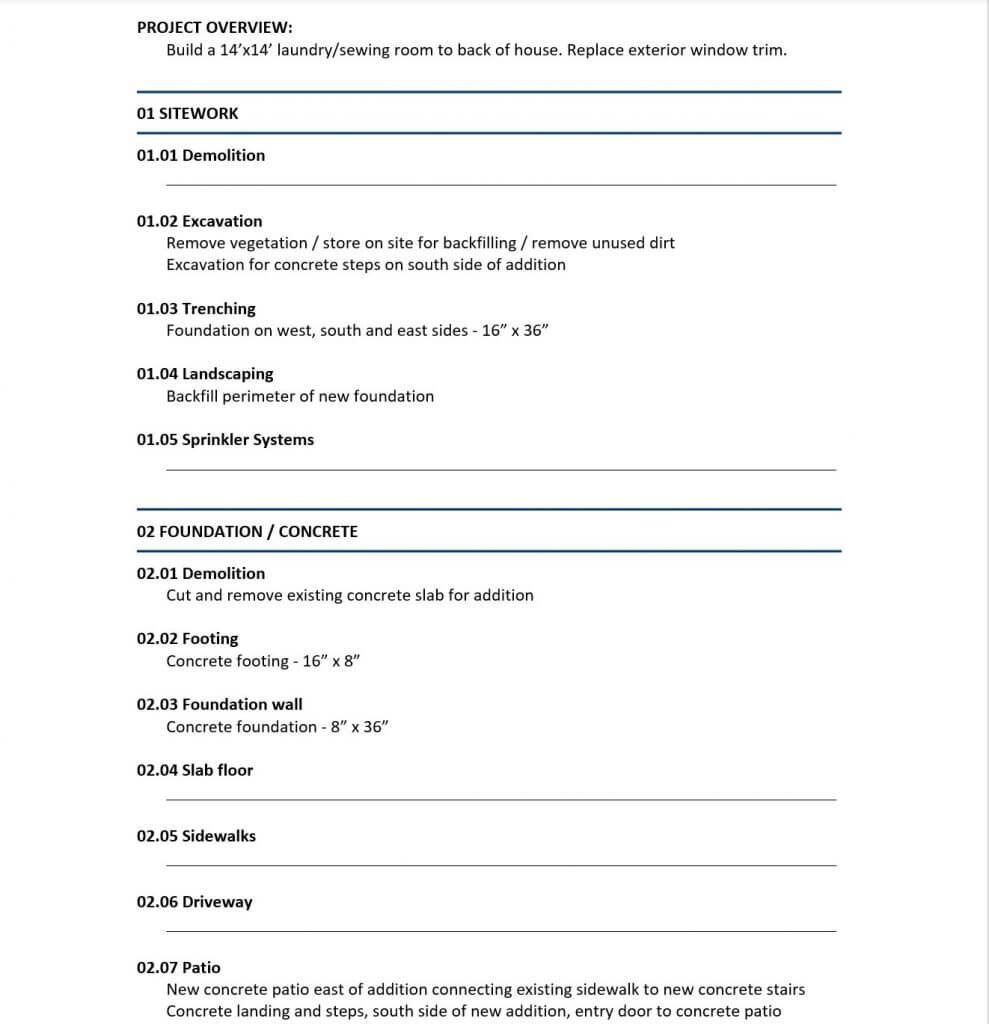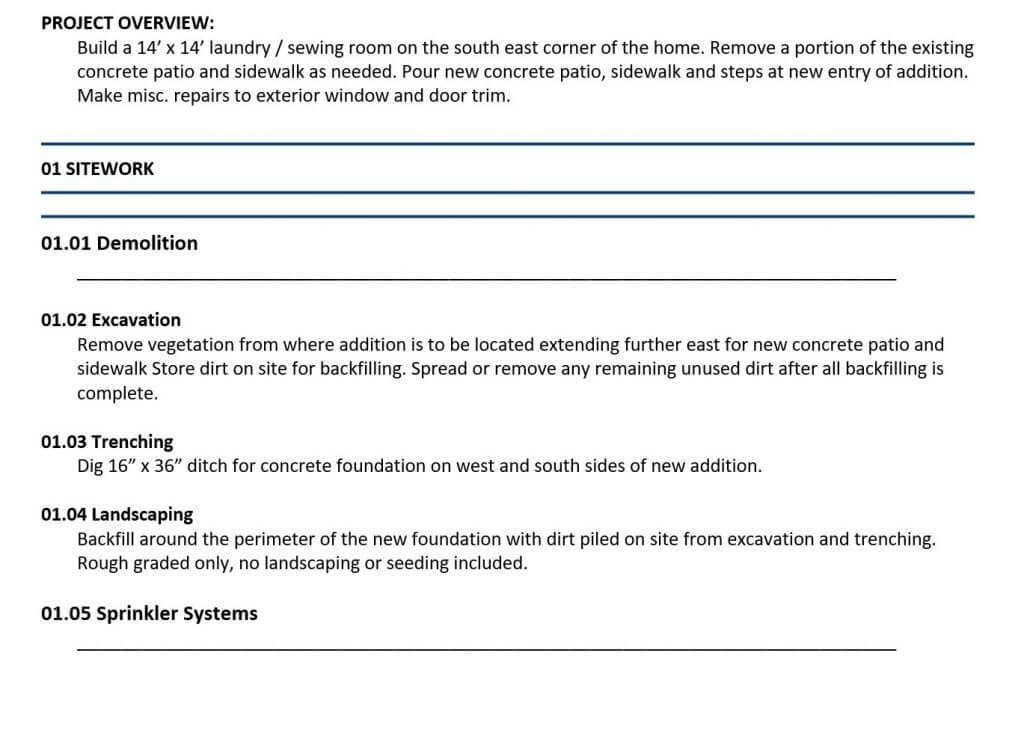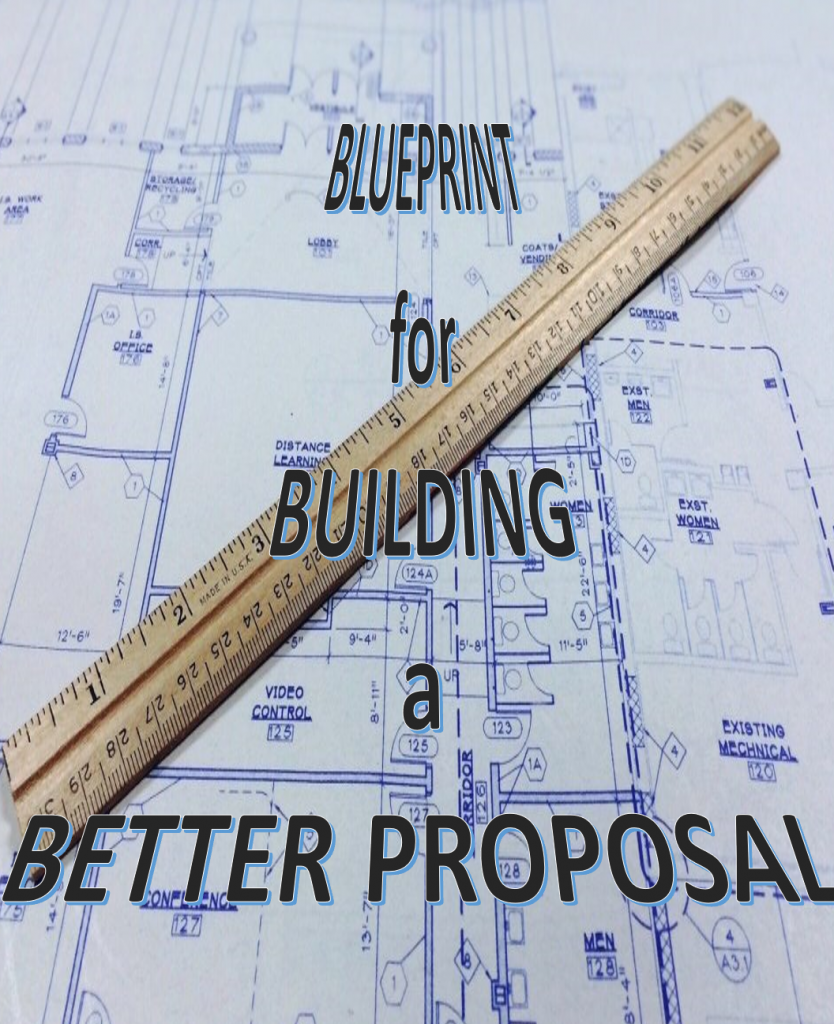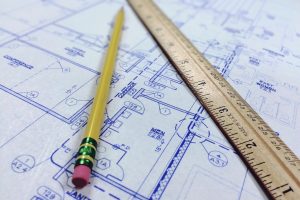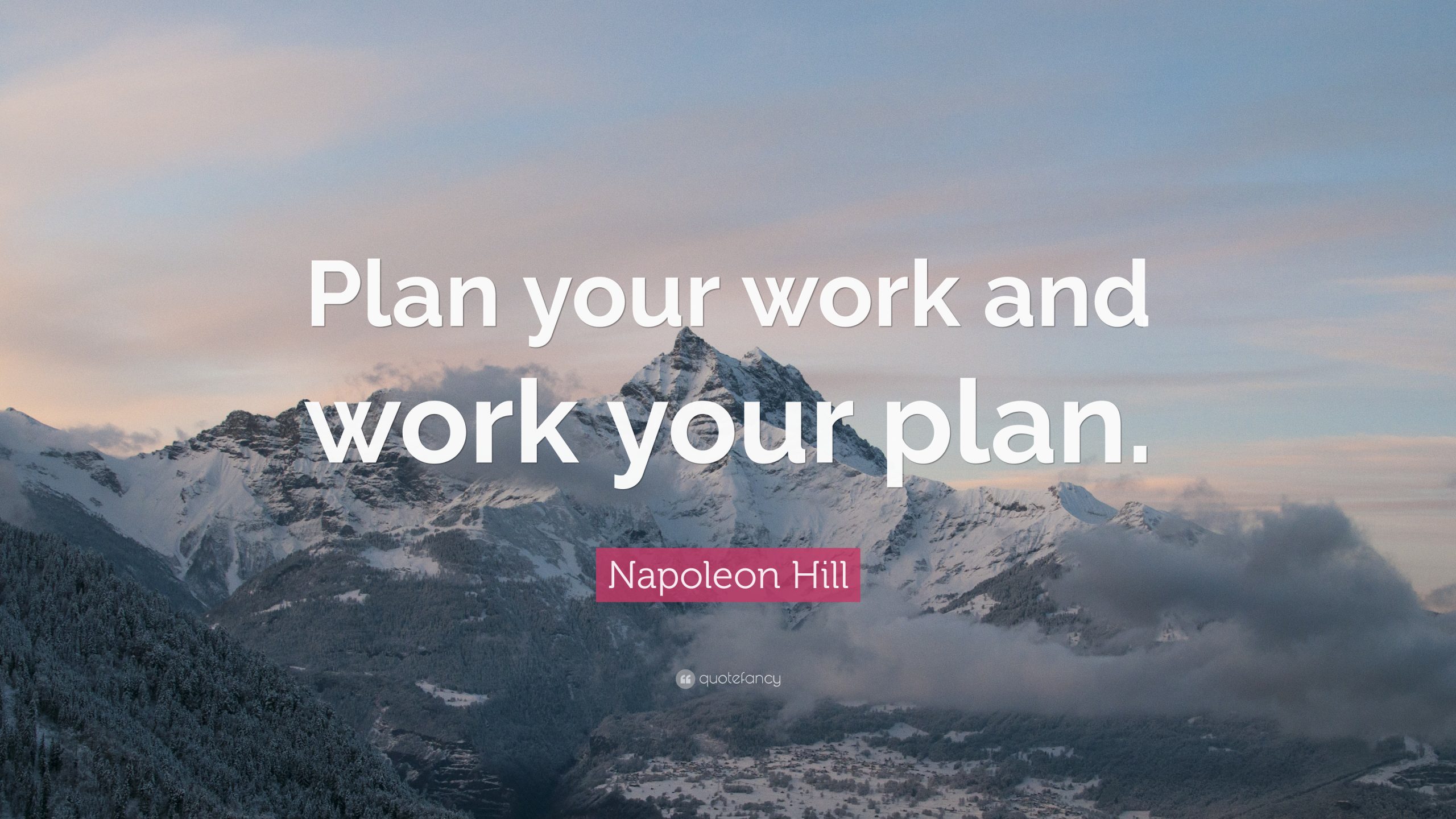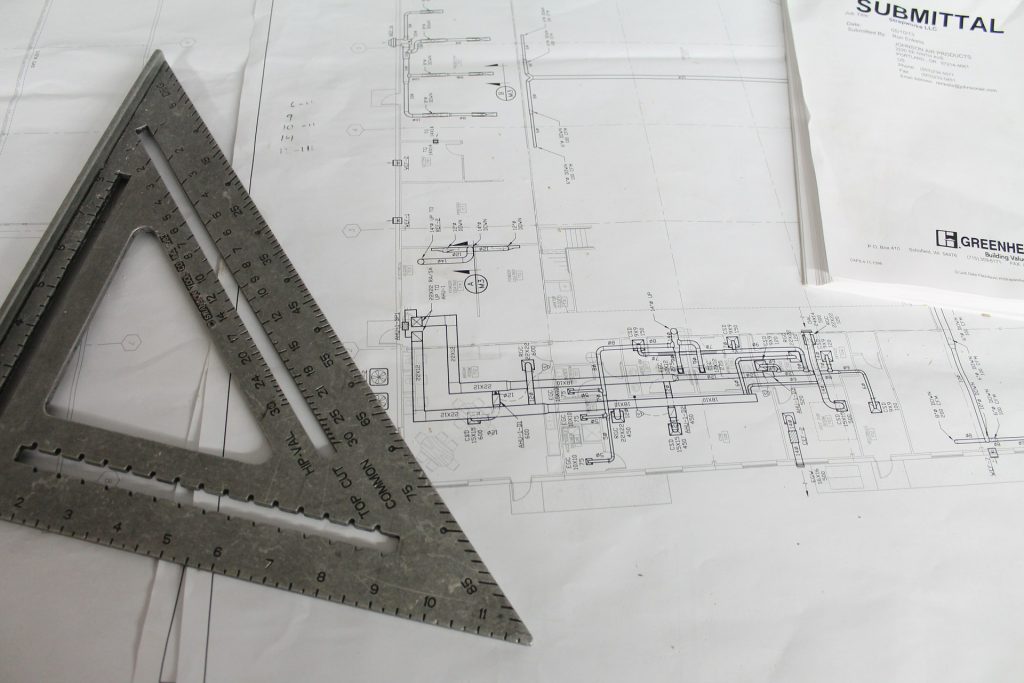It’s the Most Important Thing to Turning Your Dreams into Reality

I’m currently going through Business Made Simple University’s online course Mission Statement Made Simple. I’ve gone through this course before but,
I don’t think you can ever be too clear about your mission.
This time I’m going through it with a mastermind friend. This gives us both the opportunity to get outside perspectives. Alternate viewpoints are a huge help to getting the mission honed to laser clarity.
A clear mission is what gives you clarity of direction and purpose. It is the filter that all your business decisions should be ran through.
A mission is a clear direction for overcoming a conflict that is causing havoc in the world.
Over the past several weeks I’ve had numerous conversations with people struggling with clarity. I know how difficult and overwhelming this uncertainty can be.
As entrepreneurs, the responsibility of having a clear mission rests on our shoulders…should we do this or should we do that? When we’re employed by someone else, we just show up and do what we’re told.

This is why in most cases there’s so much discontent of employees working in large companies…there’s no clear mission.
Without a clear mission we just wander through life with no purpose.
How do you determine what your mission is?
This seems to be the most difficult question and one in which the answer continues to be refined every day. We are all given natural abilities and things we are drawn to. For example, I have no skills or desires to be a brain surgeon, a dentist or a teacher and trust me you’re better off because I’m not.
One thing that is a determining factor if you’re fulfilling your mission is if you love what you do.

Do you look forward everyday to getting to work and have to force yourself to stop at the end of the day. Granted there are varying degrees of this based on different personalities, but if you don’t love what you do…it’s not in alignment with your purpose.
I think there is a specific core purpose that goes beyond our vocation. I think this core purpose can be put to use in different businesses or ministries.
My purpose is to help people find solutions for building their dream business, construction project and life. With this foundational purpose my mission can change over time.
I love what I do and can’t imagine doing anything else.
Whether it’s my current mission to help construction companies struggling with a lack of business knowledge and customers who don’t understand or know what to expect from the construction process. Helping both accomplish their dreams, by providing businesses with systems and training to make their companies more efficient and profitable while educating customers in what to expect throughout the entire construction process.
Or my future mission with a NASCAR team. 😊 This is me turning my dreams into reality.

The important thing is to know yourself, search your heart and be connected to your Maker. The more you do this, the clearer the picture becomes. Having a clear mission moves your dreams towards reality.
Over the next few weeks, as we go through the rest of Mission Statement Made Simple, I’ll share other aspects of having a clear mission, i.e., key characteristics needed, critical actions taken by people in alignment with the mission and how to clearly share your mission with others.

